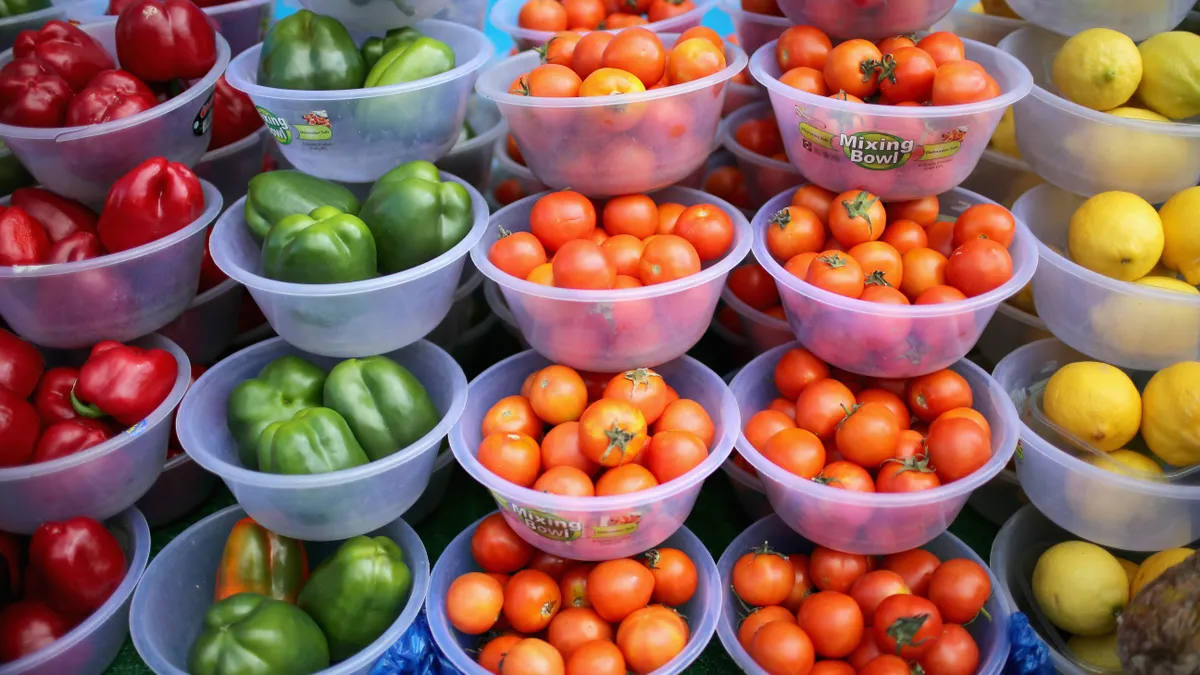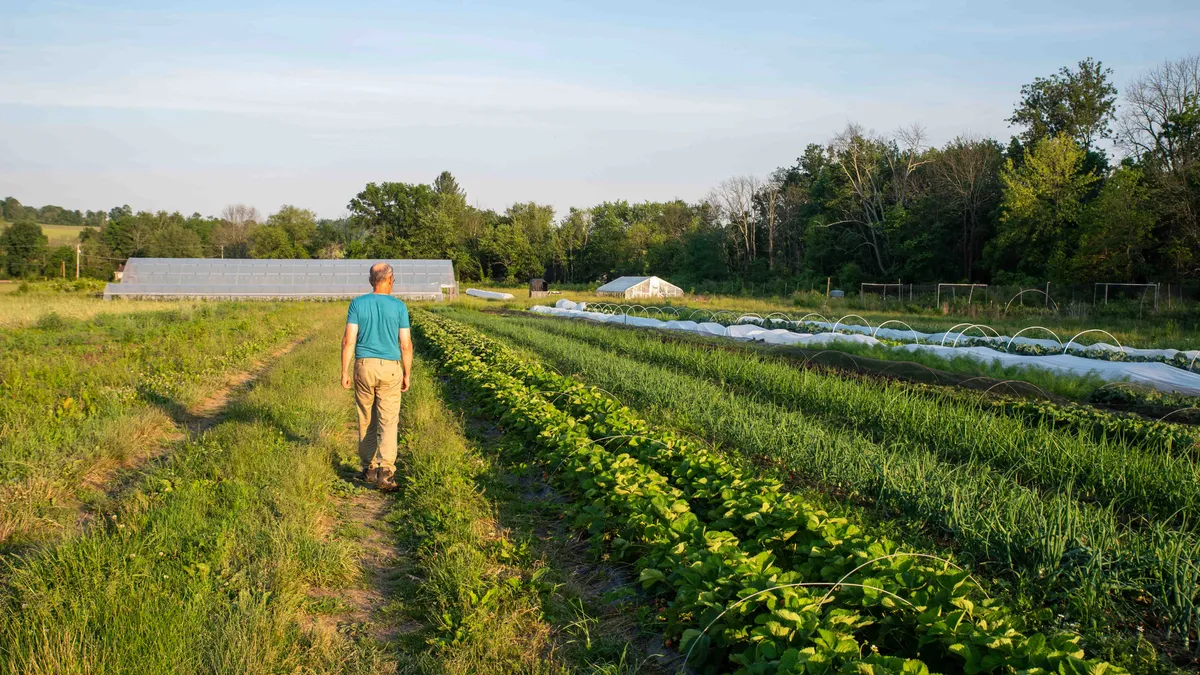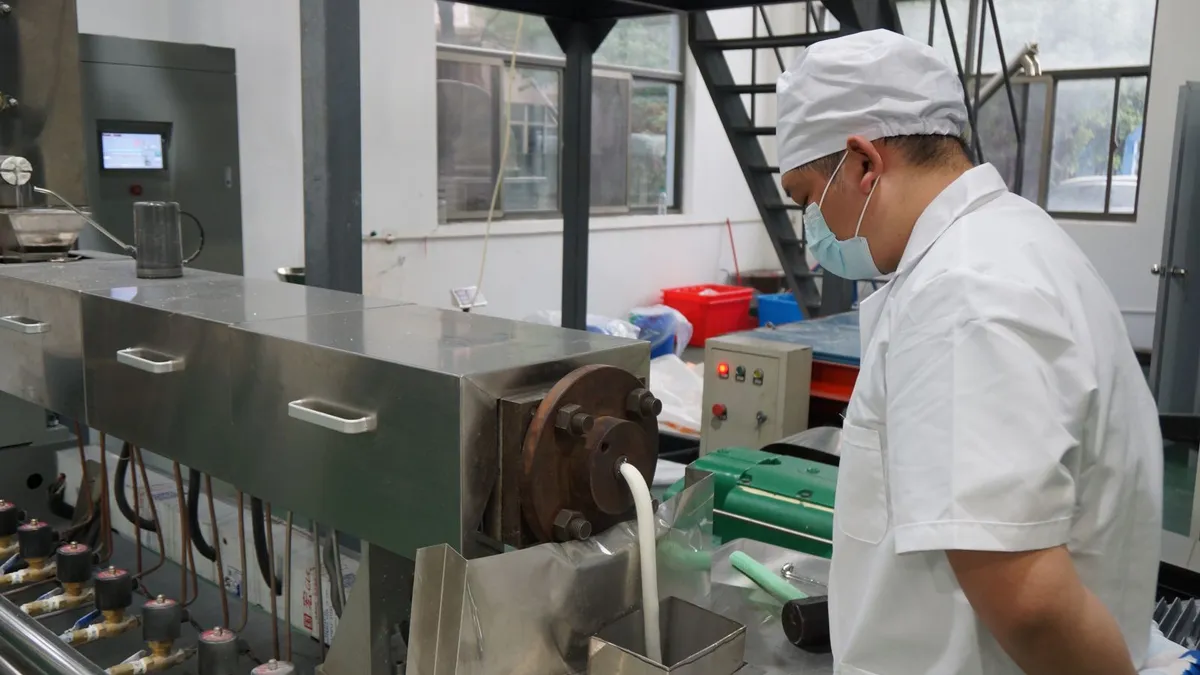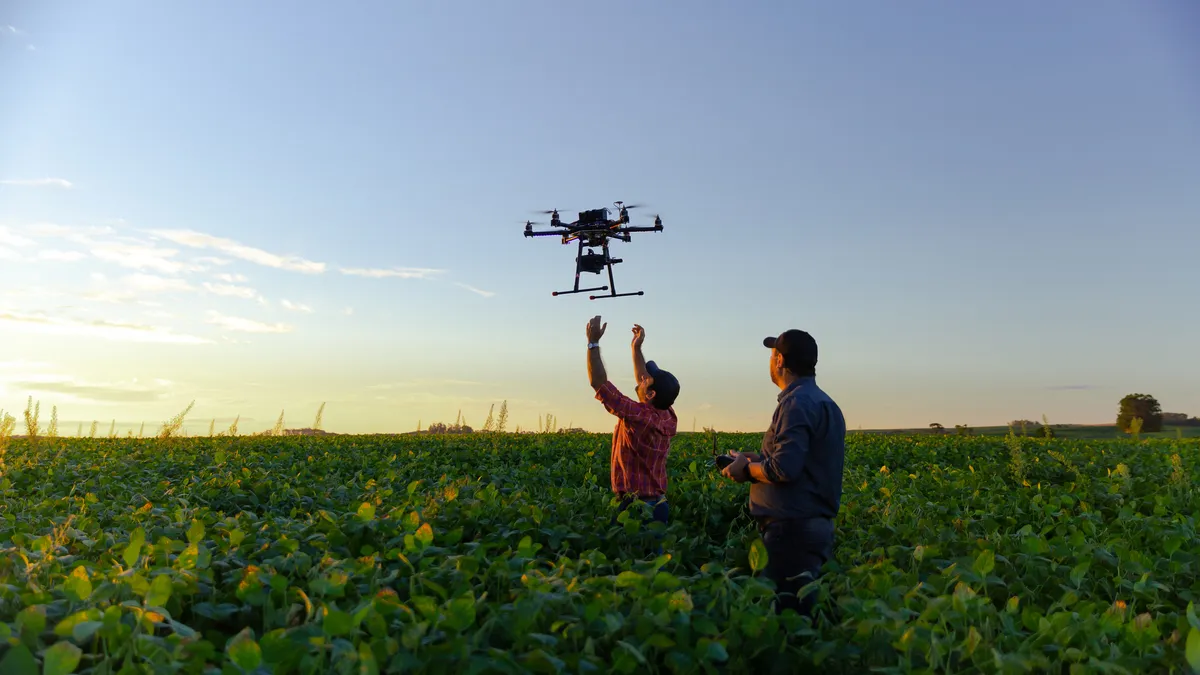Patrick McCullough is CEO of ProducePay, which gives fruits and vegetables growers financing, marketplace, and supply chain intelligence. McCullough has more than 25 years of corporate experience and held leadership positions at startups and Fortune 500 companies including Ford Motor Company, Berkshire Hathaway and Just Energy.

The fresh produce industry is one of the most vital sectors in the world — responsible for providing nutritious food to a world predicted to reach 10 billion people by 2050, all while supporting the economies of rural communities worldwide.
However, it's also one of the most volatile sectors, with supply chain disruptions caused by climate change, pandemics and civil unrest worsening every year.
Addressing these two competing challenges will require the industry to transform the way it does business. Our opportunity is to move from an industry that is fragmented to one that works together, with the aim of turning volatility into predictability and giving both growers and buyers greater control over their businesses.
Volatility drives inefficiencies and waste
Across the entire produce supply chain, we hear the same thing: The volatile and unpredictable nature of the industry limits business growth and long-term investment. This point was reinforced in our second annual industry survey conducted ahead of this year’s International Fresh Produce Association’s Global Produce and Floral Show, revealing that commodity pricing volatility affects 83% of produce growers, suppliers and buyers. As a result, more than half of produce growers struggle with business stability.
Those outside the industry are often shocked to learn that produce pricing has an annualized volatility greater than 100%. For context, crude oil is 41%, while soy and corn is around 15%. This pricing volatility is largely the result of unpredictable weather, the perishable nature of produce and rampant speculation in the market.
Weather has always been a factor in agricultural production, but it has become increasingly more unpredictable and devastating to business. Earlier this year, 20% of strawberry crops in California were damaged by heavy rain, thousands of acres of cherry, lime and blueberry crops were destroyed by fires in Chile, and the California Table Grapes Commission reported that an estimated 25 million boxes were lost to Hurricane Hilary in August.
Beyond weather, factors such as transportation and cold storage lead to even more inefficiencies and sustainability challenges. A single shipment of produce will typically travel 1,600 miles, changing hands with up to eight intermediaries.
The fragmentation of the fresh produce supply chain and the speculative nature around fluctuating markets cannot be overstated. After going through so many middlemen, the average piece of produce is rebranded twice and marked up three to six times. The product is then held until the speculator can maximize the price based on supply and demand. This speculation not only causes pricing unpredictability for retailers and consumers, but also makes for untraceable supply chains with challenges to food safety and limitations to information about sustainable growing practices.
All these factors result in a constant state of instability in the fresh produce industry. Moreover, the inefficient transportation methods to these multiple stops and the energy required to hold produce in cold storage result in excess carbon emissions.
Achieving stability in an increasingly unpredictable industry
Everyday I am inspired by the ingenuity and perseverance of the world’s growers, marketers and retailers who provide fresh, highly perishable produce to consumers all around the world. But if we’re honest, we can do better.
The current model is coming at a cost to our planet, limiting economic opportunity for growers, marketers and retailers, while not consistently delivering the most high quality, nutrient rich food to families. We have a major opportunity to transform this wasteful and inefficient analog model created for the 20th century to one that meets the unique challenges of the 21st century.
With technological advancements in data collection and business intelligence, we have greater access than ever to insights and tools that harness these information resources to provide growers and buyers with insights to make more timely, informed decisions. For example, real-time insights around pricing, quality, and forecasting volume can help secure accurate supplies of fresh produce, significantly reducing end-of-supply-chain rejection rates and ultimately waste.
But beyond improved access to data, the industry needs to do more to cut back on the number of middlemen in the supply chain. While some intermediaries in the supply chain create value, such as marketers, there is an urgent need for streamlining. Decreasing the gaps between growers and buyers enables transparency and efficiency throughout the supply chain, and also provides a clearer pathway from farm to table for consumers who are seeking out sustainability in their food purchases.
Finally, we need to shift the majority of financial risk away from growers in order to achieve long-term predictability. Growers should seek out financial solutions to improve liquidity, and trading opportunities with trusted buyers and trade assurance. But retailers can provide earlier line of sight into demand volume and offer fixed prices, while marketers can pay their trusted growers sooner and assure retailers consistent and high quality supply.
To meet today's challenges, we must come together as an industry and strive toward a more connected, transparent and predictable produce supply chain – one where all the key players have better access to capital, markets and visibility. Once that happens, there can be better decision-making, greater sustainability, and less waste, from the field all the way to the shopping basket.


















